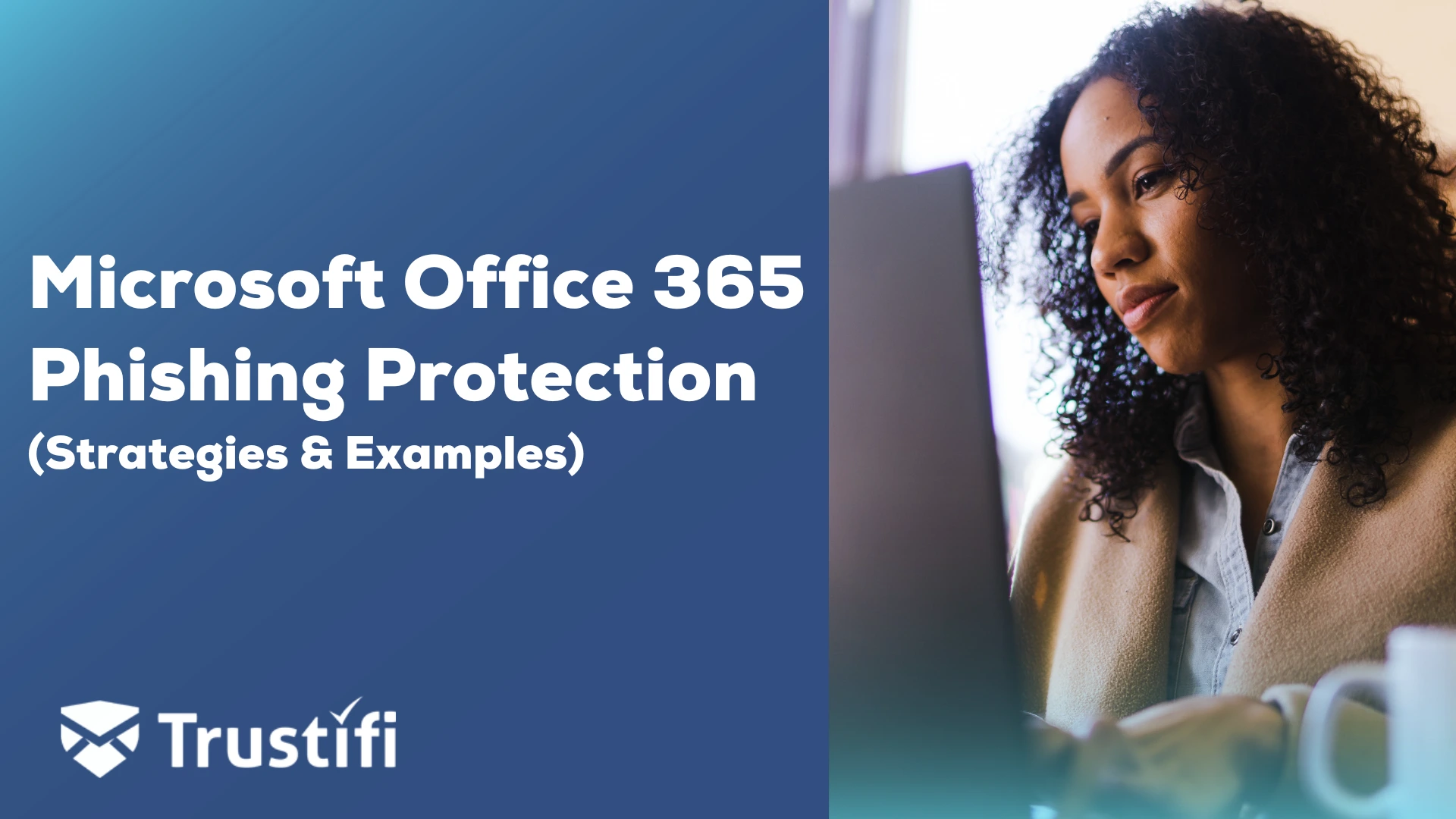Phishing is a common cyberattack that perpetrators use to breach or gain access to a victim’s account and steal their personal information, such as bank account number, social security number, PINs, passwords, and credit card details. Phishing happens mostly through digital ads, inbound emails, or phishing sites that look similar to the trusted sources such as your credit card company, an online payment website or a social networking site. A recent survey in Security Magazine found that phishing email threats have increased substantially in 2020. The research showed that 38% of respondents were aware of a coworker who succumbed to a phishing attack, exposing their companies’ systems and sensitive data to malicious intrusions. Phishing scammers imitate the US Government, the World Health Organization, and even hand sanitizer companies to trick victims to open malicious emails.
Companies, however, can prevent phishing attacks and protect themselves from identity theft, fake emails, malicious links or any other sophisticated attacks. Several tools are available to safeguard users’ data from phishing besides using a secure email gateway and setting up spam filters. Trustifi is the industry leader in improving businesses’ security, saving them money and saving I/T administrators’ time to stop phishing emails.
If a firm is the target of phishing attacks, the leaders at Trustifi recommend using the following methods to reduce and thwart phishing emails.
Provide Employee Training
Studies show that 23% of employees open phishing emails, and 11% of them click on the email attachments included in those messages. This means a fourth of the company’s staff is putting the entire business at risk with poor email handling. Organizations can mitigate the situation by implementing regular security awareness training and
simulated phishing campaigns for employees. When workers are educated about phishing emails, companies can dodge the number of attacks. Moreover, trained workers can alert the other employees when they
detect a phishing attack through email.
Think Before Clicking Any Link in Email
Attackers trick users by creating spam phishing emails that look realistic. So, even when employees take proper measures against phishing according to their training, they still can be tricked into clicking the authentic-looking phishing email in their inbox. Hence, it is important to stay dubious even if the email seems to be genuine.
To
avoid phishing, think before clicking any link in an email (read more about
what URL phishing is). No matter how authentic the message looks and how trusted the source is, employees should look closely at the URL and see if it is exactly the one they expect. If the URL looks sketchy and not what you were expecting, it is probably a phishing scam. PC and laptop users can hover the mouse cursor over the link and view the URL in the bottom left corner of the browser window. Mobile and tablet users can touch and hold the link with a finger to see the URL. Other common traits of phishing emails include poorly spelled messages with grammatical errors that start with a generic greeting such as “Dear Customer”.
Require Strong Password Security
The increased number of hacks, breaks, and phishing attacks should be enough to alert anyone to the need for password security. But, unfortunately, many employees don’t take passwords seriously and don’t update their passwords regularly thus there is always a risk of phishing. If businesses want to avoid and stop phishing emails, they should keep their company’s password security as a top priority.
The most used passwords in 2020 were 123456, 123456789, and picture1. Other popular passwords include “password”, QWERTY, Million2, abc123, pokemon, Iloveyou, dragon, chatbooks, omgpop, and princess. For companies that allow workers to choose their passwords without oversight, it is quite possible that at least a few of the above-mentioned passwords are protecting their database. Hence, businesses should educate their workers about the risks of using these common passwords to avoid phishing scams.
Exercise Network Security
With the
vast number of phishing scams aimed at small corporations, it is vital for organizations to continuously exercise the best
network security measures to lessen the danger of being targeted. Network security decreases the negative outcomes of cyberattacks and potential phishing scams. Network security ensures that a business’s database remains safe and secure from phishing and other attacks while also making sure their clients enter only protected digital portals.
Network security can be increased by the following measures:
Activating web content filters.Installing antivirus software and firewalls.Backing up the data frequently.Employing the combination of local device storage and cloud-based storage.Setting passwords on all programs, tools, and devices.
Besides stopping phishing emails and business email compromise, network security can avert malware, data breaches,
denial of service attacks, hacking, and more.
Choose Trustifi to Stop Phishing Emails
Keeping a close eye on phishing attacks and managing everything from top to bottom could be a headache for a business, especially if they aren’t tech-savvy. However, with Trustifi’s email security services, they can have peace of mind and eliminate the possibility of human error while deterring phishing emails and leak of sensitive information effectively. Trustifi protects the consumer from phishing attacks by detecting phishing emails and preventing them from entering the user’s inbox. When a company relies on Trustifi’s anti-phishing software to watch their back, they can focus confidently on their core business operations. Contact a Trustifi representative today to learn about how powerful yet affordable phishing protection can be.


